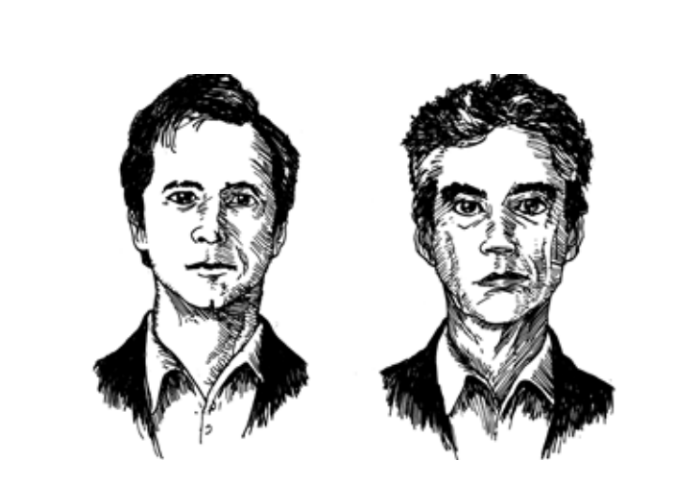As it happens, this conversation between me and the Art Guys—Michael Galbreth and Jack Massing, the two renowned Houston-based art jesters (b. 1956 and 1959, respectively) who’ve been giving over their lives to an especially distinctive brand of serious play for nearly three decades now—occurred before last November’s notorious Tree Wedding incident. Or rather, it was after this very conversation that the Guys asked me to co-officiate at the ceremony in question, which I agreed to do, but only on condition that I could do so in my perennial role as would-be rabbi.
And then, of course, everything went to hell. Back in 2009, against a political backdrop in which local Texas politicians were ranting about how they couldn’t very well condone weddings between gay individuals because before you knew it they were going to be asked to condone weddings between people and their dogs, the Art Guys decided to marry a tree. Said wedding was not consummated at the time, however, because the tree was still underage (just what kind of deviates do you take our Guys for?) and also because the sapling had yet to find a permanent home. Then this past November, the tree having come of age (or at any rate grown taller than either of the two of them) and a permanent spot having been located, on the shady grounds of Houston’s prestigious Menil Collection, a dedicatory ceremony was announced, for which I was recruited.
The Guys kept insisting that they were in dead earnest about marrying the tree as such, that the whole thing was an environmentalist gesture (a gesture rendered all the more poignant in the wake of a previous summer so blisteringly hot that a substantial fraction of Houston’s other trees had in fact all died), but this did not keep anti-gay-marriage activists from taking predictably angry umbrage at the whole charade, nor (somewhat more disconcertingly) gay activists from becoming righteously convinced that the Guys were trying to make fun of them. The Houston Chronicle’s art critic, who is gay, led the charge, condemning both the Guys for belittling what was after all “the human rights issue of our time” and the Menil for providing them a forum from which to do so, and responding with a bracing act of self-sacrificial civil disobedience of his own (marrying a woman at a gay strip club the night before the tree ceremony). But the ceremony went on as scheduled (emotions running so high and raw that nobody even bothered to notice that in my role as rabbi, I’d taken to wearing a Palestinian kafia rather than the traditional Hebrew talit). In my talk I...
You have reached your article limit
Sign up for a digital subscription and continue reading all new issues, plus our entire archives, for just $1.50/month.
Already a subscriber? Sign in





